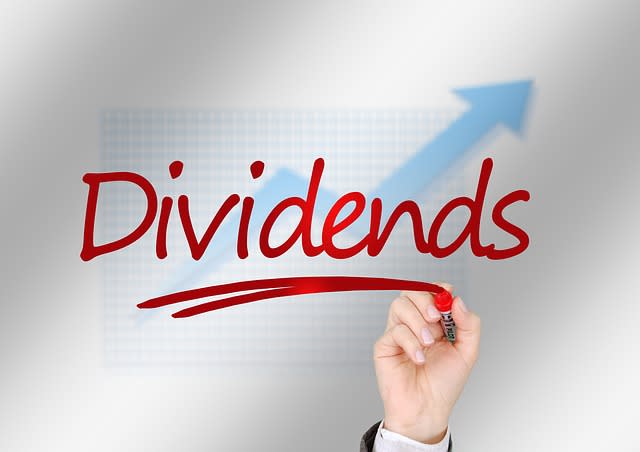Dividend Investors: Should You Buy TransCanada Corporation or BCE Inc.?

Canadian investors are searching for reliable stocks to add to their dividend portfolios.
This makes sense for pensioners who are hoping to get better returns on their savings. Young investors are also in the hunt for quality yield, especially those who are investing the distributions in new shares to build a retirement portfolio.
Let?s take a look at TransCanada Corporation (TSX:TRP)(NYSE:TRP) and BCE Inc. (TSX:BCE)(NYSE:BCE) to see if one is an interesting pick today.
TransCanada
TransCanada just reported steady Q3 2017 results. The company generated net income of $612 million, or $0.70 per share. Over the first nine months of the year, the company has delivered a 12% gain in comparable earnings per share.
TransCanada recently abandoned its Energy East, Eastern Mainline, and Upland projects, but the company still has about $24 billion in near-term developments in the works.
As these assets are completed and go into service, TransCanada expects cash flow to increase enough to support annual dividend hikes of at least 8% through 2020.
In addition, the company is in the final stages of evaluating the Keystone XL mega-project. If Keystone gets the green light, investors could see an upward revision to the dividend-growth guidance.
TransCanada gets the majority of its revenue from regulated or long-term contracted assets. This means cash flow should be predictable and reliable.
The stock pays a quarterly dividend of $0.625 per share for an annualized yield of 4%.
BCE
BCE continues to bolster its dominant position in the Canadian communications market. The company closed the purchase of Manitoba Telecom Services earlier this year in a move that bumped BCE into top spot in Manitoba and gave the giant a strong base in central Canada to expand its presence in the western provinces.
In addition, the company just announced a plan to acquire home security firm AlarmForce.
BCE generated strong results in Q3 2017. Operating revenue rose 5% compared to the same period last year, and net earnings attributable to shareholders rose 2.4%.
Free cash flow for the quarter came in at $1.18 billion, representing a 24.4% increase over Q3 2016.
BCE raises its dividend on a regular basis and generates ample free cash flow to cover the generous payout. At the time of writing, investors can pick up a 4.7% yield.
Is one a better bet?
Both stocks should continue to be solid buy-and-hold picks for a dividend portfolio.
TransCanada probably offers better dividend-growth prospects in the medium term, but the stock can be volatile when the energy market hits a rough patch.
At this point, I would probably split a new investment between the two companies.
More reading
Canopy Growth Corp Surges 14.4% in a Day: Could Shares Hit $25 Before Year's End?
The surprising new technology that could create the world's very first TRILLIONAIRE
Growth Investors, Take Notice: This High-Quality Retail Stock Is on Sale
Fool contributor Andrew Walker owns shares of BCE.

 Yahoo Finance
Yahoo Finance 